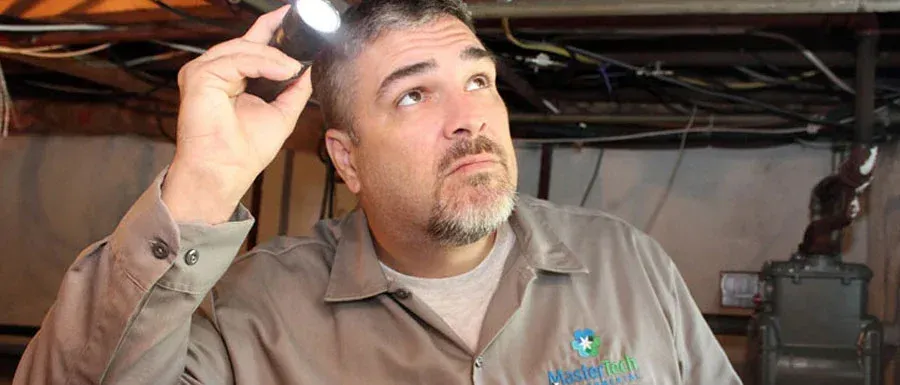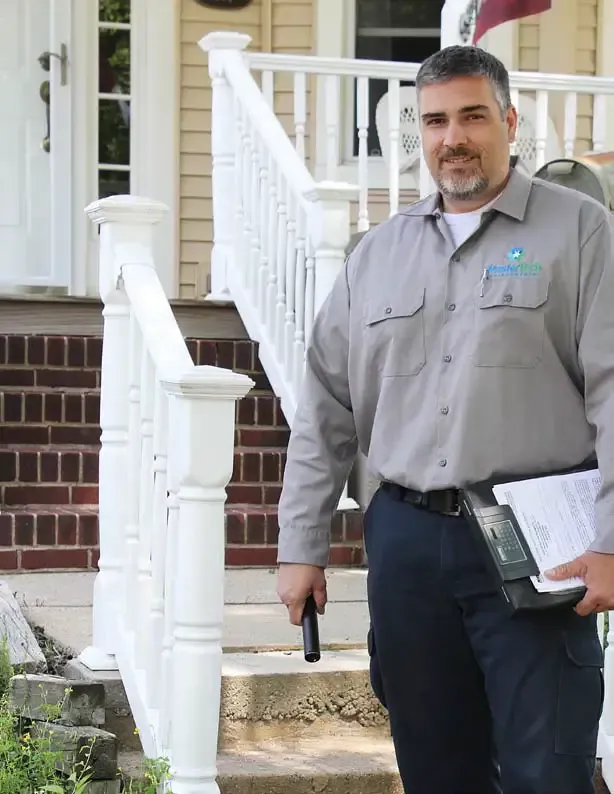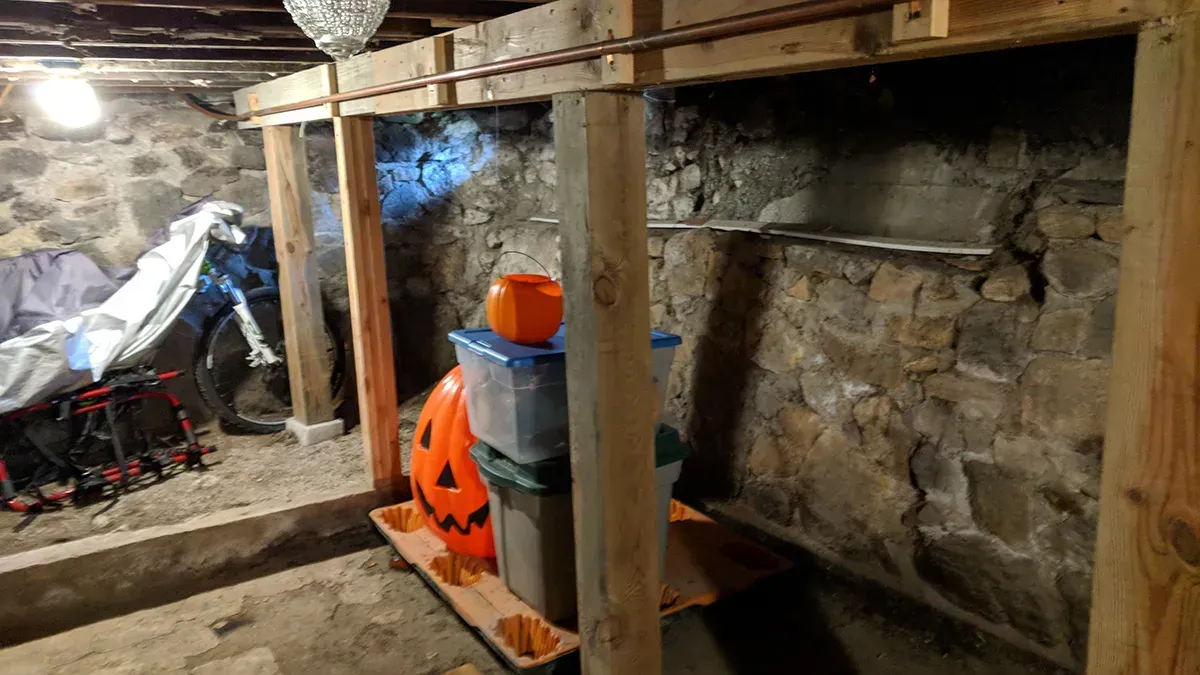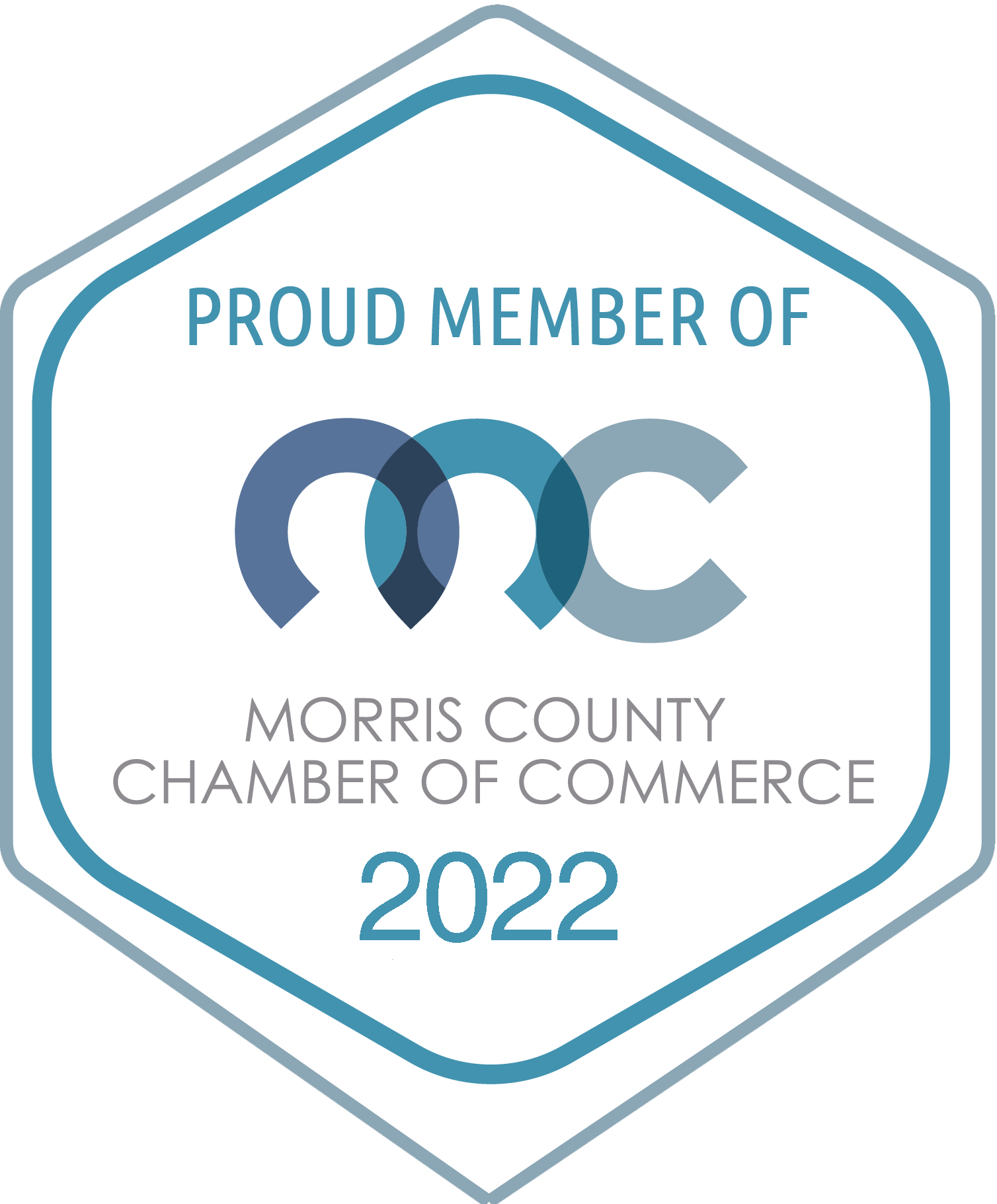Building Science and Mold: An Essential Guide for Homeowners in Bridgewater, NJ

Mold can be a frustrating and anxiety-inducing discovery for any homeowner. It often appears in the form of unwelcome stains or suspicious odors, leaving many to wonder how it got there in the first place. While it’s easy to blame leaks or damp conditions, understanding the broader science behind mold growth can help you address issues at their source.
By examining the relationship between moisture, temperature, air movement, and building materials, you’ll gain valuable insight into the best ways to keep mold at bay. At MasterTech Environmental, we’ve seen firsthand how a strong grasp of “building science” can create safer, healthier homes for families. For the best mold remediation in Bridgewater, NJ, you should not hesitate to give our team a call.
Why Moisture is King
When it comes to mold prevention, moisture is typically the deal-breaker. Even though mold depends on moderate temperatures, a food source (like wood or drywall), and enough time to grow, these three elements are nearly impossible to eliminate in a lived-in home completely. Temperature ranges between 40°F and 100°F are common indoors, construction materials inherently carry nutrients, and time is out of our hands. However, moisture control is well within our power. Once an area of your home remains consistently damp—whether from leaks, spills, or high relative humidity—mold can begin to germinate in as little as 24 hours. This is why experts often say: “Stop the water, stop the mold.”
The Art and Science of Building Dynamics
Buildings aren’t static; they continually react to changes in temperature, air pressure, and humidity, along with how ventilation and HVAC systems function. These factors shape what is known as “building science.” For instance, warm indoor air may move outward through a poorly insulated wall in cooler climates, cooling as it goes.
That drop in temperature increases relative humidity in the wall space, boosting the potential for condensation. The situation reverses in a hot, humid region: steamy outdoor air may seep through the walls, cool off, and then deposit moisture within the structure. Both cases create hidden damp zones where mold can establish itself.
Moisture Content in Materials
Wood, drywall, brick, and other common building components have specific thresholds for how much moisture they can hold before becoming mold-friendly. Wood is considered relatively safe below about 20% moisture content, and many other surfaces also have their own danger zones. Mold growth becomes increasingly likely if these materials stay damp for too long. This is why regular checks are a good habit, especially after storms or leaks. Early detection of higher moisture levels in walls or floors can help you intervene well before mold becomes visible in Bridgewater homes.
Understanding Relative Humidity (RH)
Relative humidity (RH) measures the amount of water vapor in the air compared to the maximum amount the air can hold at a given temperature. Warm air holds more moisture than cold air, so its RH increases when warm, moist air cools, often leading to condensation on cooler surfaces. Homeowners frequently hear that keeping RH below 60% can limit mold growth, which is true in a broad sense.
However, the key detail is the moisture content of the surface itself, not just the air in the center of the room. Any cool corner or poorly insulated area can have a much higher RH at its surface, increasing the odds of mold growth—no matter what a single humidity reading in the middle of the room suggests. If you are worried you may have a problem, you need to reach out for mold inspection in Bridgewater, NJ.
Condensation: A Trigger in All Climates
Condensation is the process that turns water vapor into liquid droplets on a surface, which can quickly feed mold. In colder regions, the challenge is preventing warm indoor air from hitting cold walls or windows. Good insulation and proper vapor barriers on the home’s interior side often help reduce sudden temperature swings. In hot, humid climates, the opposite is usually recommended: barriers and insulation may be installed closer to the exterior side, with mindful ventilation to avoid trapping damp outdoor air inside. Regardless of climate, condensation thrives on surfaces that are colder than the surrounding air, so boosting insulation, sealing cracks, and managing indoor humidity can all make a big difference.
Hidden Sources: Humidifiers and Windows
Even the most diligent homeowners can overlook everyday items contributing to indoor dampness. Humidifiers, for example, are useful in dry seasons. Still, if they aren’t cleaned regularly or release too much moisture into the air, mold can develop inside ductwork or on nearby surfaces. Windows often become the coldest spots in a room, forming the perfect place for condensation to gather. Modern, energy-efficient glass reduces the risk of visible window condensation, but it can also mask indoor humidity that’s high enough to encourage mold growth elsewhere in the home. Keeping an eye on your house’s humidity throughout the year and adjusting ventilation or usage of appliances can help prevent small issues from escalating.
Moving Forward with Confidence
There’s no denying that mold’s ability to flourish in the quiet recesses of a home can be stressful. Yet, with the right balance of knowledge and proactive measures, you have a strong defense. Regularly check areas prone to dampness, maintain healthy humidity levels, and pay attention to signs of hidden water issues.
Should you find yourself facing a persistent or widespread mold problem, MasterTech Environmental is here to help you navigate a thorough and empathetic solution. Our commitment to moisture control and understanding of building science ensures your home remains comfortable, safe, and mold-free for you and your loved ones.





